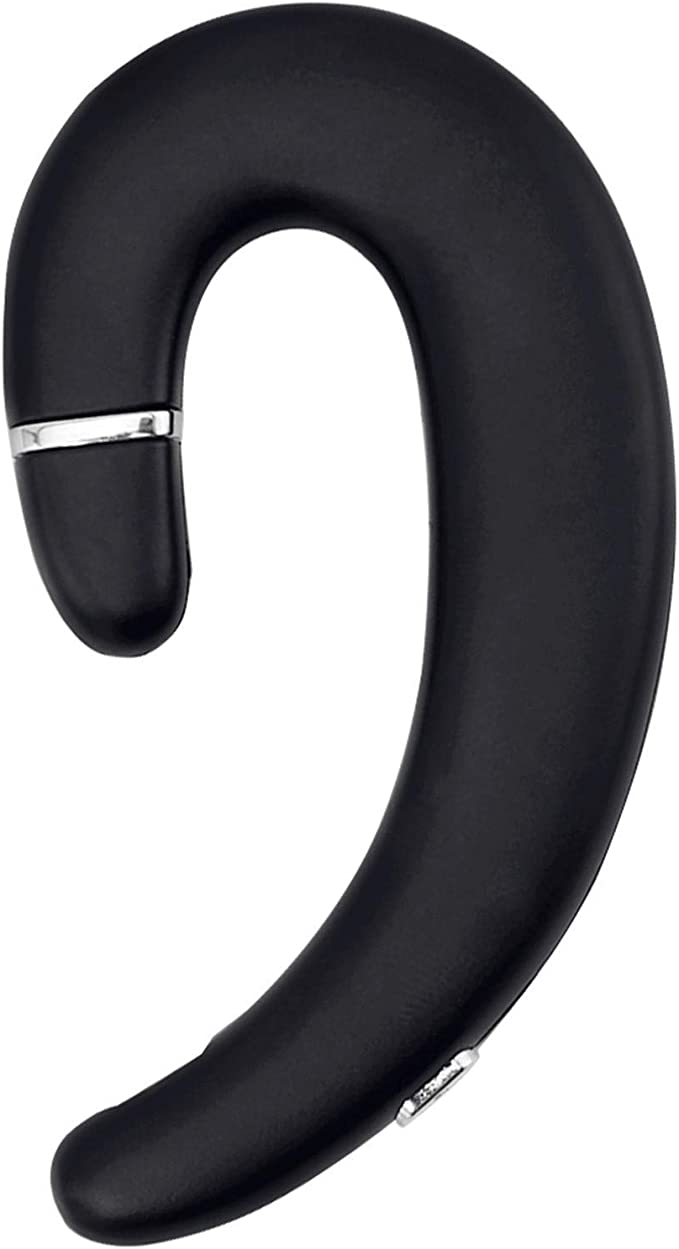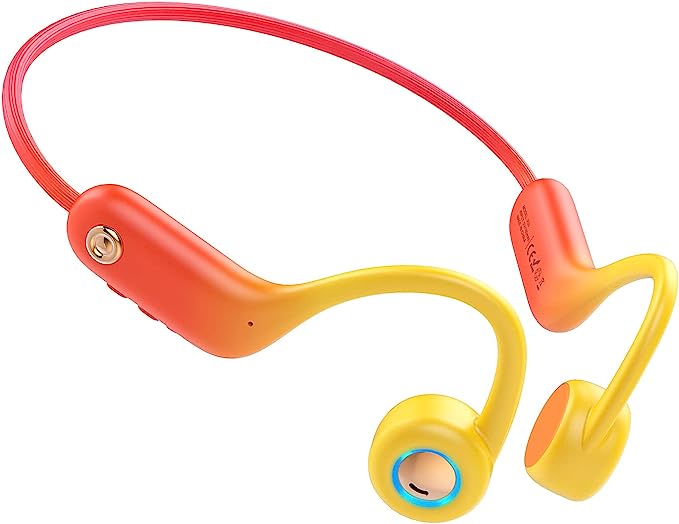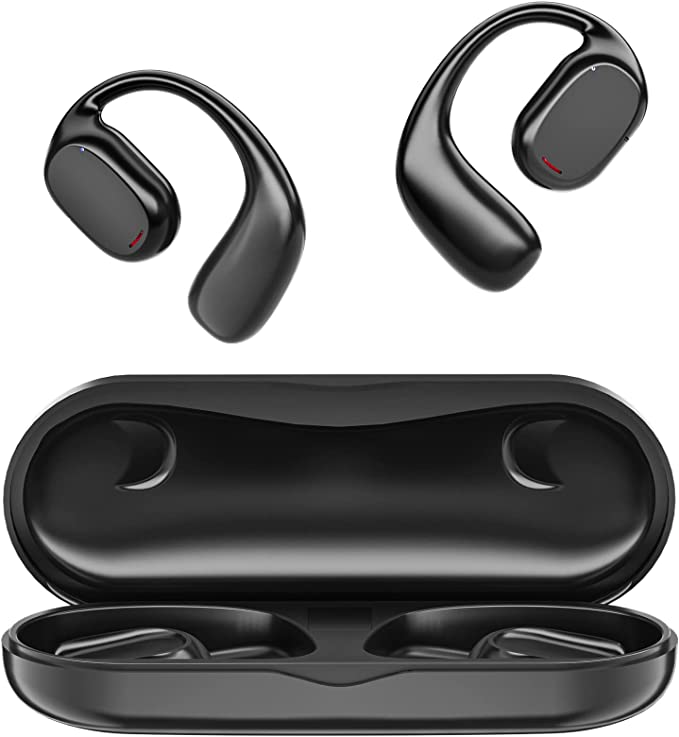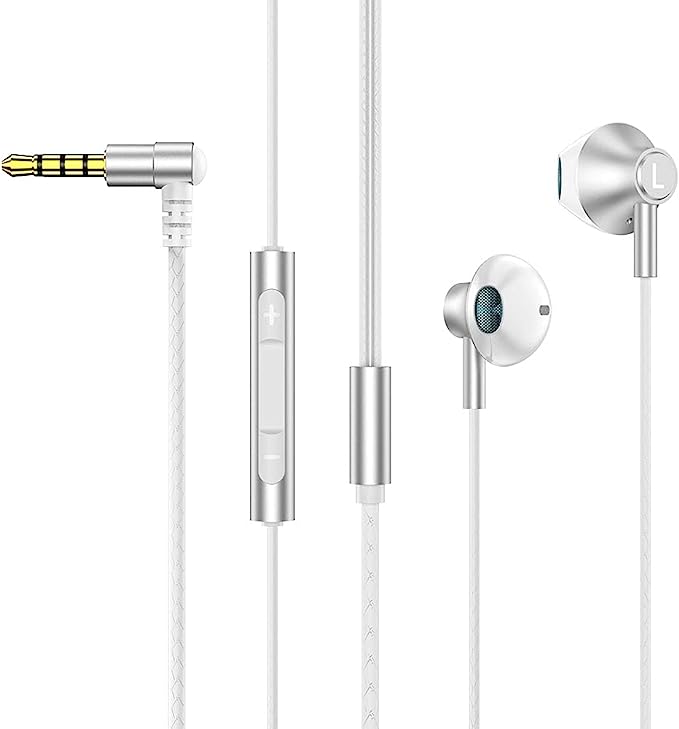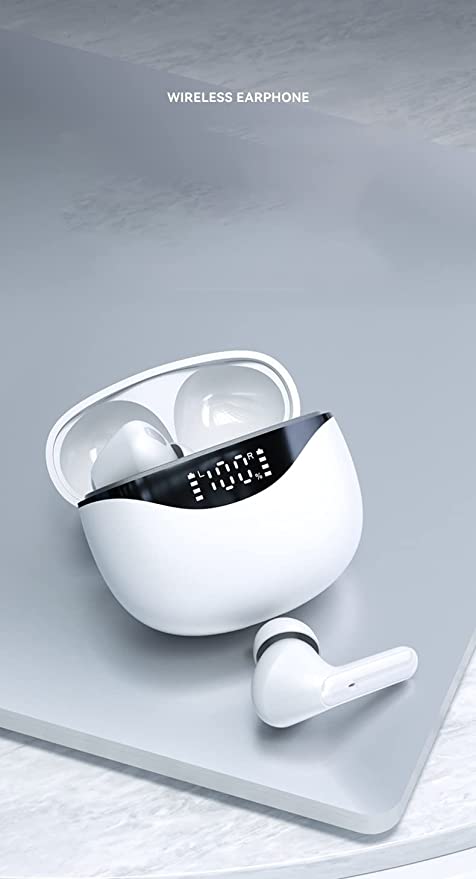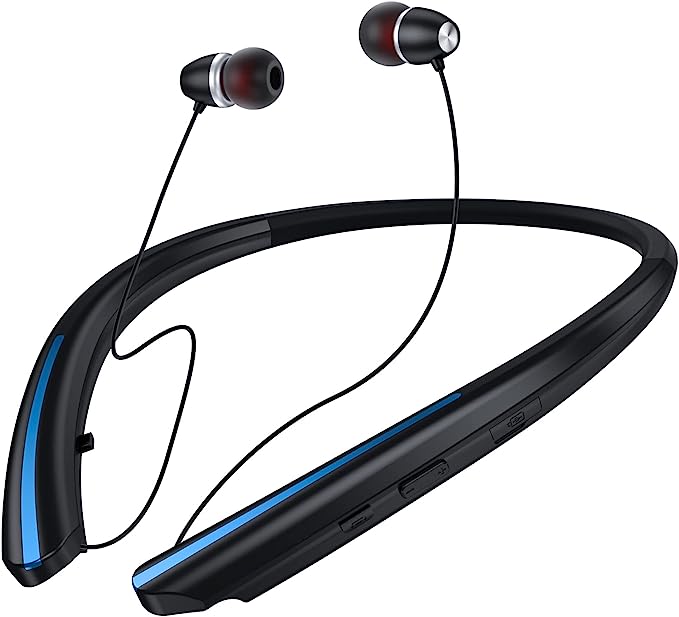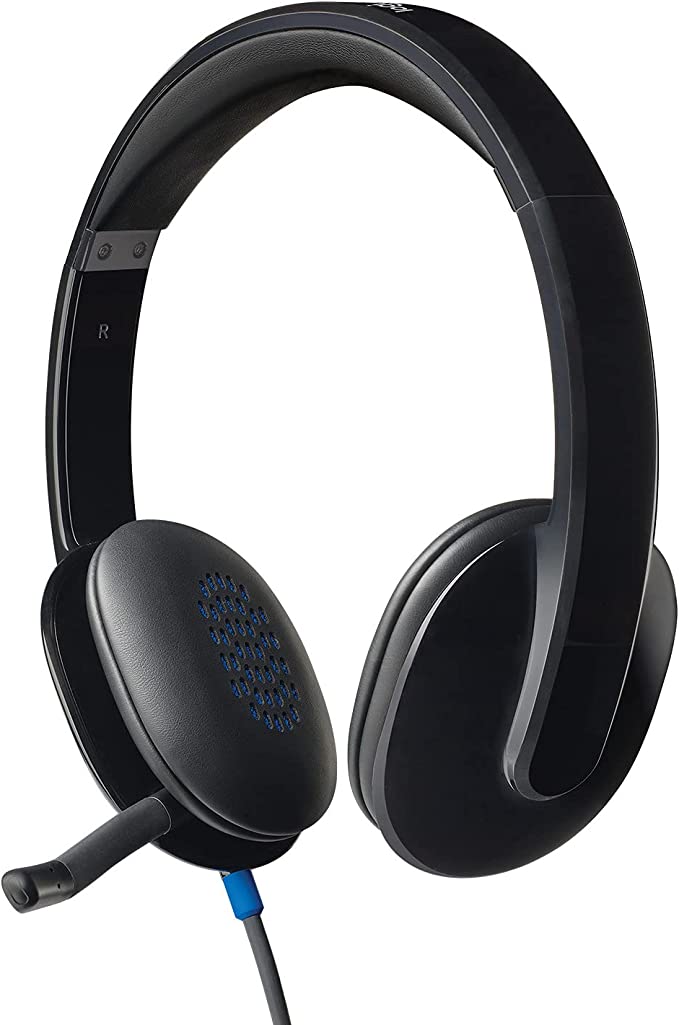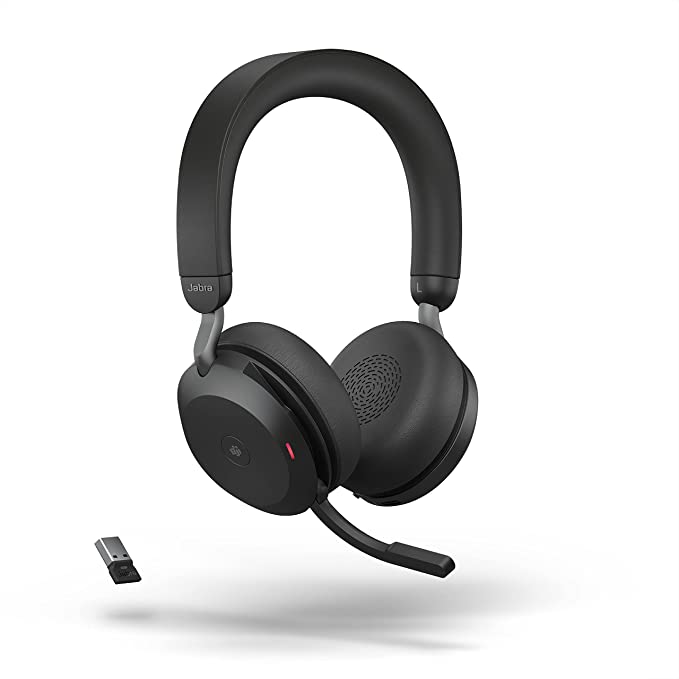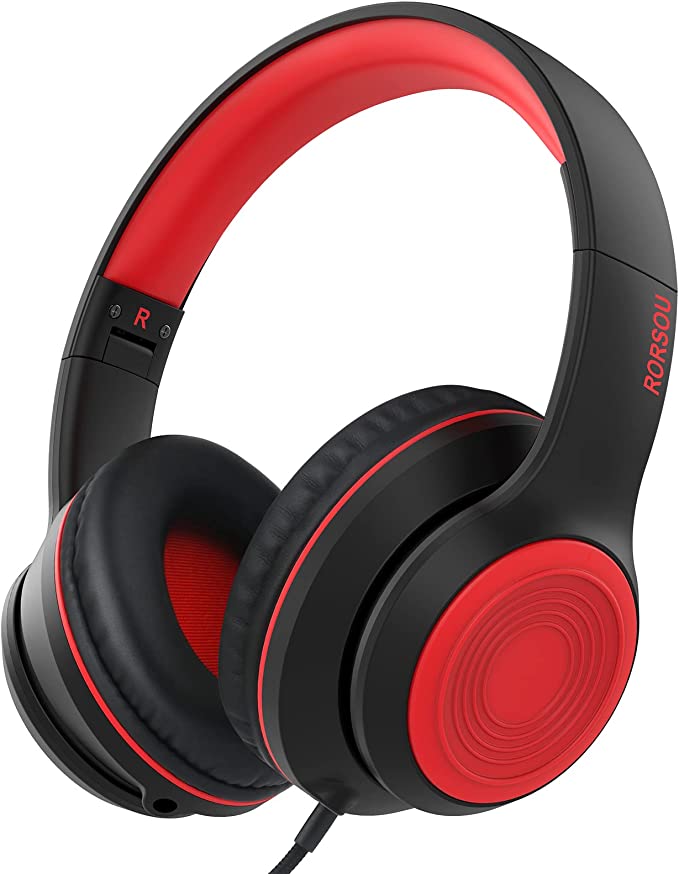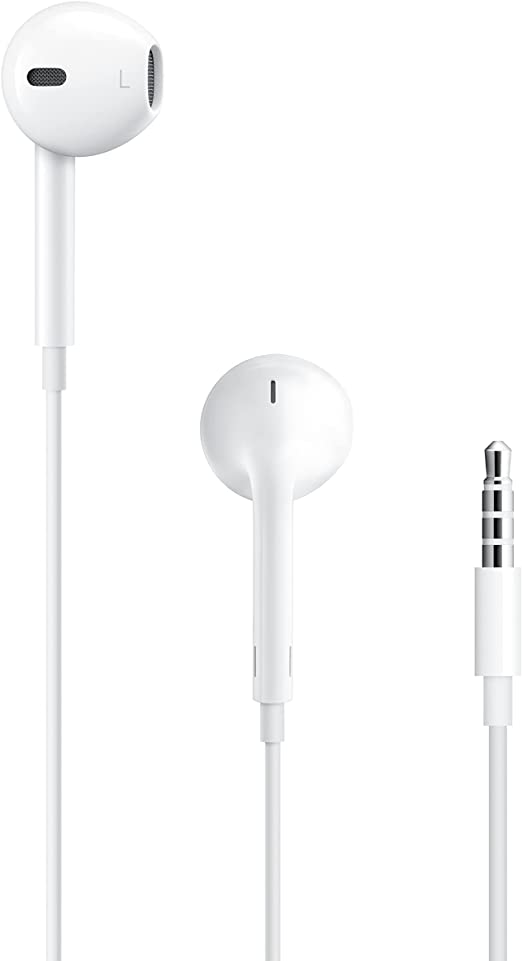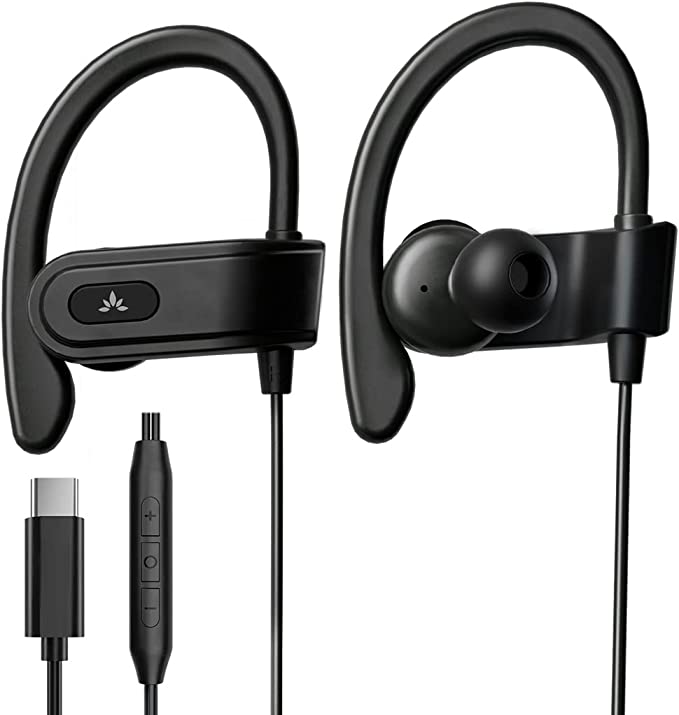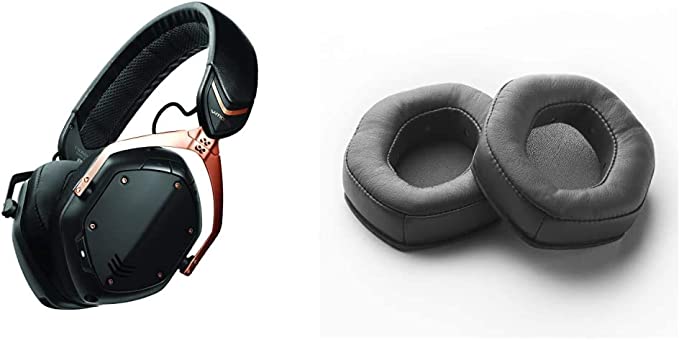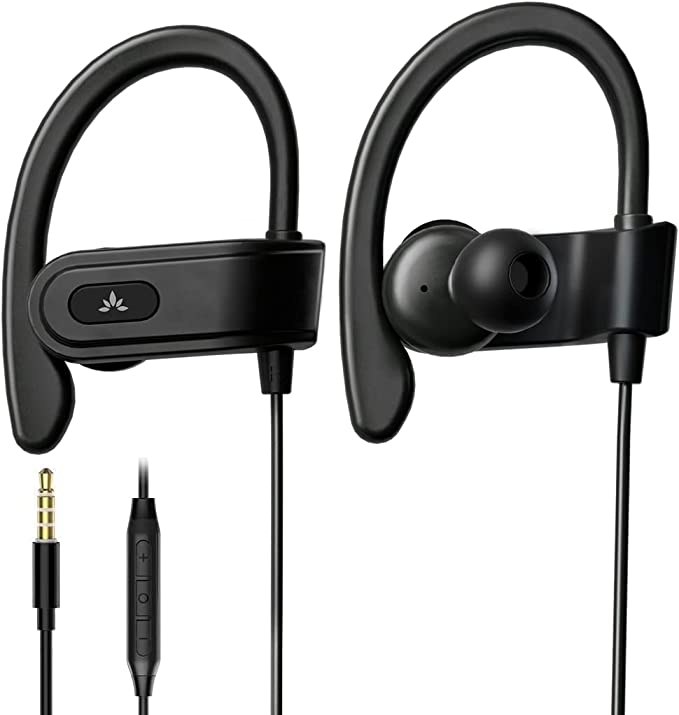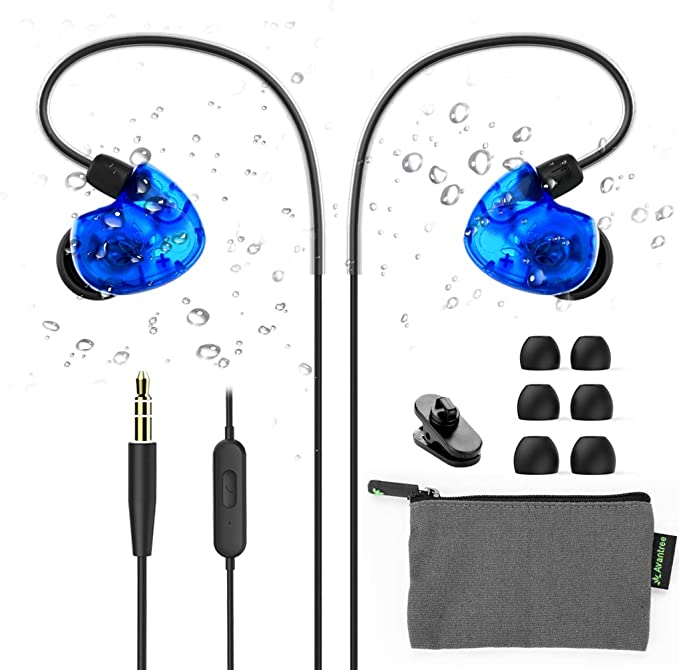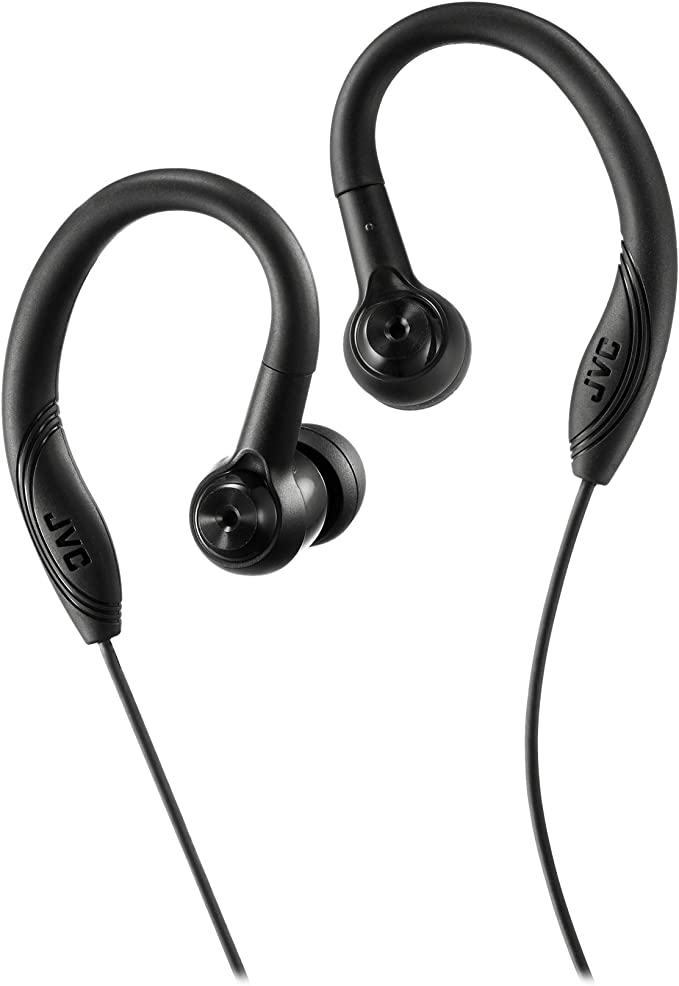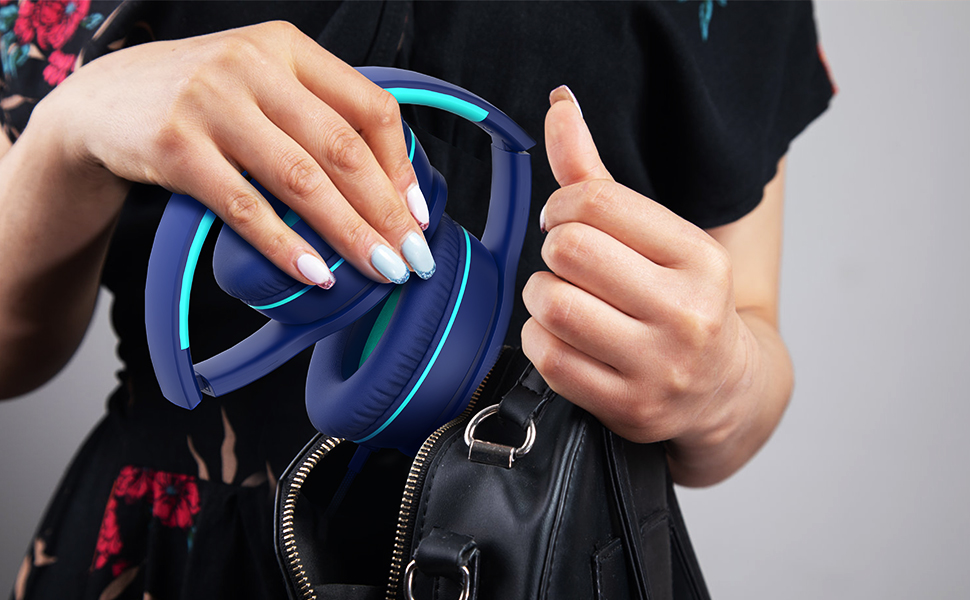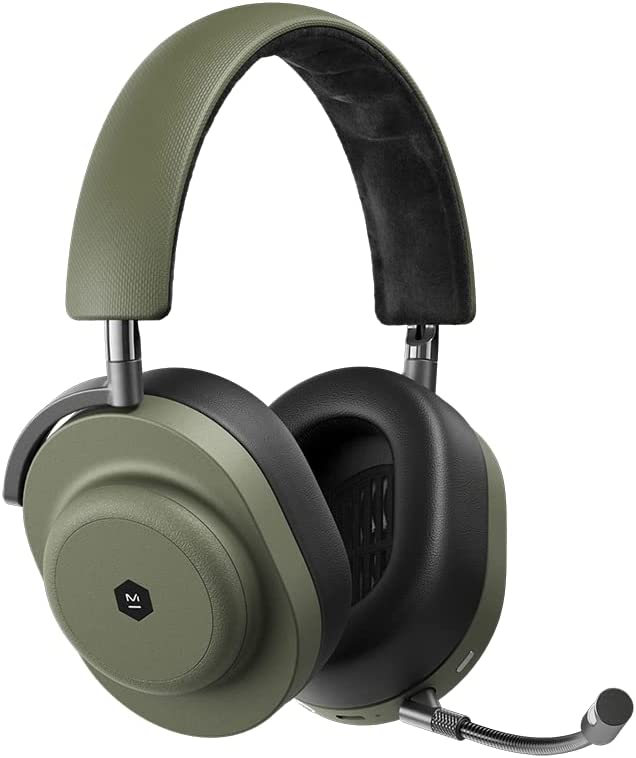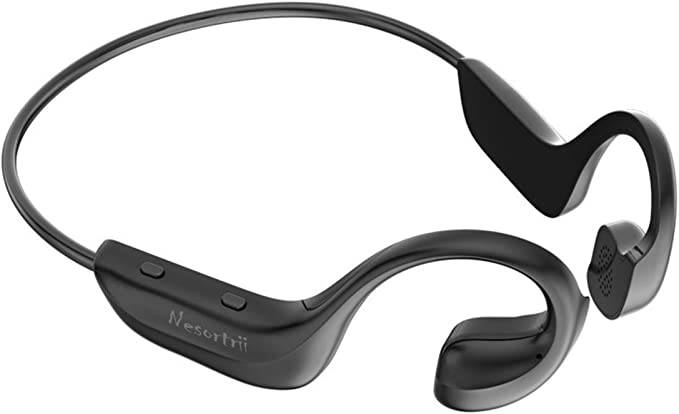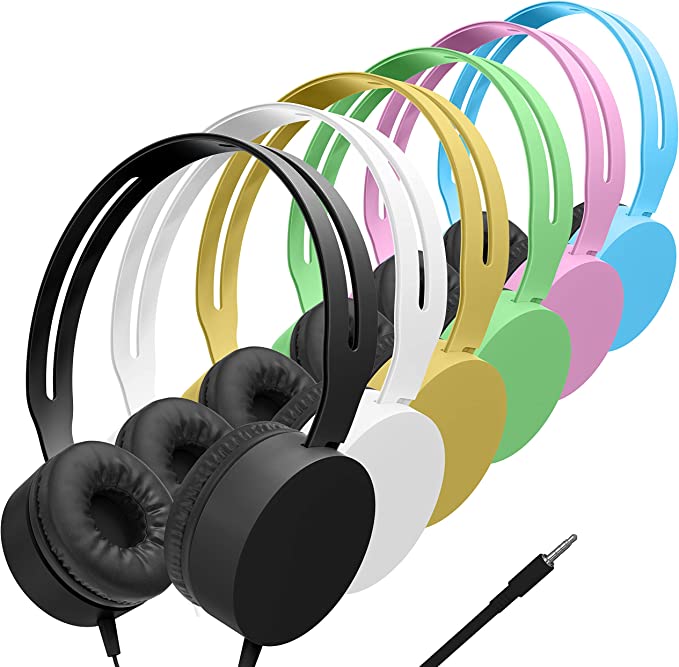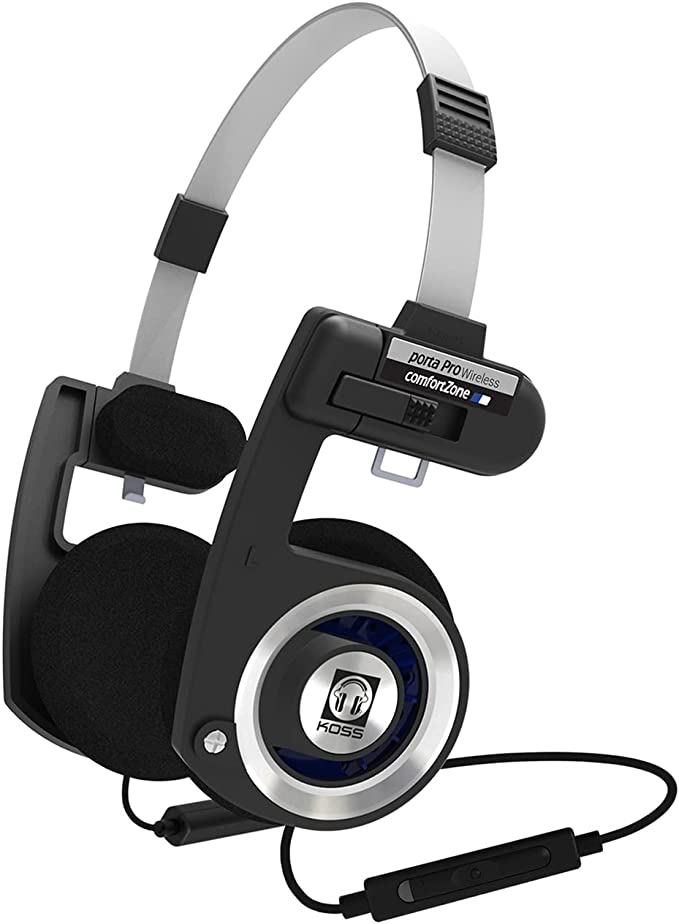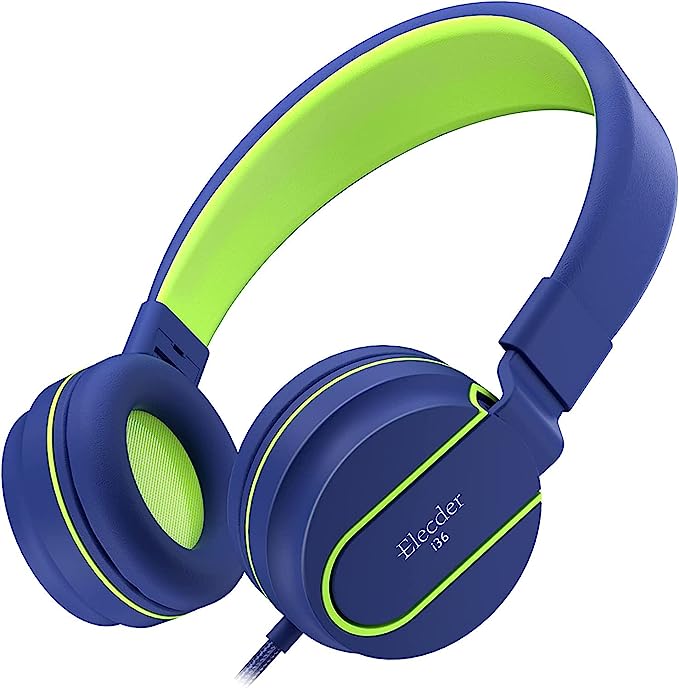Run Free with the RTUSIA Marathon Wireless Headphones
Update on July 25, 2025, 4:51 a.m.
There is a quiet, collective ache shared by millions of us in the age of personal audio. It’s not the heartbreak in a ballad or the tension in a podcast thriller. It is the dull, persistent, physical pain in our ears. It’s the sensation of a foreign object wedged too deep, a pressure that builds from a minor annoyance into a throbbing distraction. For years, we’ve accepted this discomfort as the price of admission for wireless, portable sound—a silent trade-off for the convenience of the ubiquitous earbud.
But what if this pain isn’t a necessary evil? What if it’s a symptom of a design philosophy that has forgotten its primary subject: the human body? To understand a better way forward, we must first look back.

A Ghost from the Past: The Forgotten Wisdom of On-Ear Design
Picture the 1980s. The personal audio revolution had just begun, sparked by the iconic Sony Walkman. The headphones that accompanied these magical devices, like the classic MDR-3L2, were not tiny buds to be jammed into the ear canal. They were featherlight, minimalist frames with foam-padded discs that rested gently on the ear. Their design goal was simple and profound: to deliver a soundtrack to your life without weighing you down or causing you pain. It was a design born of simplicity and a deep, intuitive understanding of comfort.
Somehow, in our race toward miniaturization and total sonic isolation, we lost this thread. We traded the gentle press of an on-ear pad for the invasive plug of an in-ear bud. The RTUSIA marathon Small Wireless Headphones feel like a thoughtful return to that lost wisdom, updated with modern technology. They don’t reinvent the wheel; they remind us why the wheel was round in the first place. Their “wrap around head” form, resting outside the ear, is a direct descendant of that original, human-centered approach.

The Elegant Physics of Relief
The reason this older design philosophy feels so revolutionary today can be explained by elegant, high-school-level physics: Pressure equals Force divided by Area (P = F/A).
An earbud concentrates all its necessary clamping force onto the tiny, sensitive surface area of your ear canal. It’s the biomechanical equivalent of trying to stand comfortably on a single stiletto heel. The pressure is immense, and pain is almost inevitable.
The on-ear design of the RTUSIA Marathon, however, is the snowshoe in this analogy. It takes the same minimal force required to keep the headphones stable and distributes it across the much larger, less sensitive outer ear. The pressure at any single point becomes negligible. This fundamental shift in ergonomics is what transforms the listening experience from one of endurance to one of effortless enjoyment.
This principle is amplified by the device’s remarkable lack of mass. Weighing in at a mere 3.52 ounces (about 99 grams), the headphones practically disappear on the head. This isn’t just about feeling light; it’s about minimizing inertia. When you’re running, walking, or simply turning your head, a lighter object requires less force to start and stop moving, making it feel like an extension of yourself rather than a cumbersome accessory.

The Sound of Reality: Redefining Immersion
In a market obsessed with Active Noise Cancellation (ANC), the RTUSIA Marathon makes a bold choice: it lets the world in. To mistake this for a technical deficiency is to miss the point entirely. This open-ear design is a feature, not a bug, and it leverages the incredible power of our own brains.
This is the domain of psychoacoustics, the study of how we perceive sound. Our brains are equipped with a phenomenal natural filter known as the “cocktail party effect,” which allows us to focus on a single conversation (or a song) in a noisy room, while still remaining aware of the broader soundscape. The open design of these headphones works with this innate ability, not against it. You can be lost in an album while still hearing the approaching cyclist, the train platform announcement, or a colleague calling your name.
This is not a lesser form of immersion; it is a different, more integrated kind. It creates a personal soundtrack that blends with your environment, rather than obliterating it. For anyone who moves through a city, runs on shared trails, or simply wants to remain connected to their home while listening, this situational awareness is a form of freedom and an invaluable safety feature.

The Unseen Engineering of Freedom
This entire experience of liberated comfort is supported by engineering that is meant to be felt, not seen. The flexible band, which allows the headphones to be folded into a pocket, is made from advanced polymers chosen for their durability and “shape memory.” It provides just enough clamping force to be secure, but not enough to cause fatigue.
Inside, the long 12-hour battery life is courtesy of a modern Lithium-Polymer cell. Unlike traditional cylindrical batteries, this technology uses a solid or gel-like electrolyte, allowing it to be formed into thin, lightweight shapes that fit perfectly within the slim design, providing ample power without adding bulk. Even the choice of four distinct, tactile buttons with raised dots is a nod to user-centered design. In the middle of a workout, there is no fumbling or mis-tapping; control is certain and immediate.

The Quiet Revolution of Comfort
The RTUSIA Marathon headphones are a quiet statement in a loud market. They suggest that the pinnacle of personal audio technology may not be about cramming in more features, but about subtracting every last point of friction between you and your sound. They are a testament to the idea that true innovation often lies in rediscovering and perfecting a fundamental truth.
In an era of ear pain, these headphones champion a return to comfort. They remind us that the most advanced technology is often the one that disappears, leaving you with nothing but the experience it was designed to create. This isn’t just a better way to listen; it’s a more humane one.
